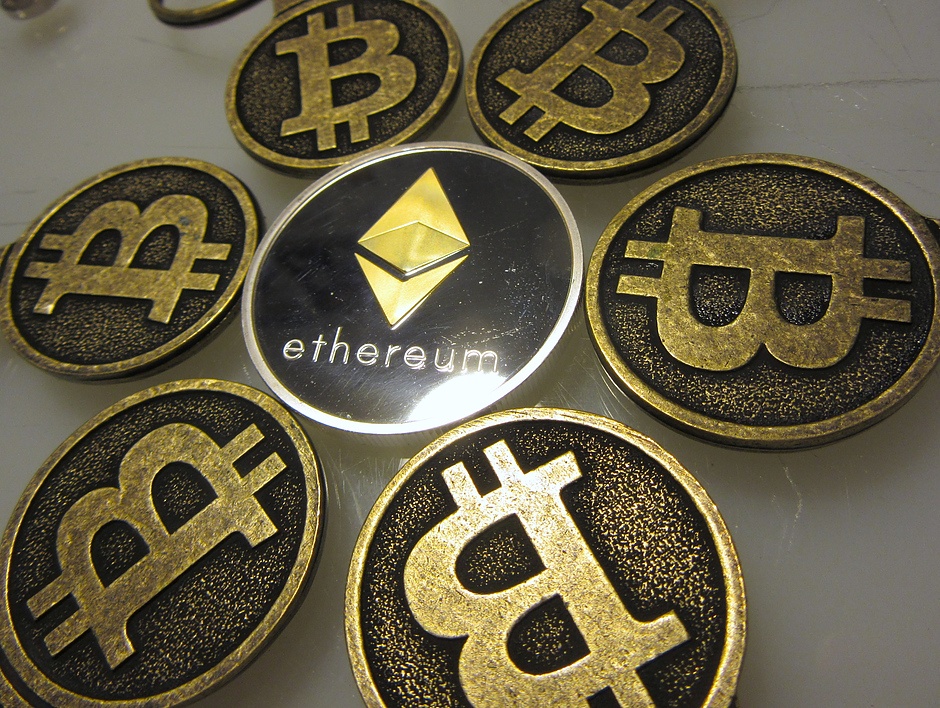ETH vs. ETC: What is the difference between Ethereum and Ethereum Classic?

Although the two crypto assets Ethereum (ETH) and Ethereum Classic (ETC) may seem similar, there are core differences between the pair of digital currencies. Before deciding to invest in either of the cryptocurrencies, it is essential to understand how ETH vs. ETC compare.
A brief history of Ethereum: How it all started
It all started when there was only one Ethereum blockchain and its native cryptocurrency, Ether. Users are able to create permanent, immutable applications on the network. Vitalik Buterin and several other developers created the blockchain, which was established to allow decentralized applications to be built through smart contracts.
In 2014, Buterin decided to raise funds through a crowd-sale, which gathered 25,000 BTC worth $17 million at the time. The network eventually went live in mid-2015.
Ether, the blockchain’s native cryptocurrency, is used to facilitate and secure the Ethereum network. Users on the network can pay fees in ETH, which is also used as an incentive for miners to mine the tokens through working to verify transactions.
In mid-2016, Ethereum witnessed one of the most significant attacks in cryptocurrency history – the DAO event – changing the course of the blockchain forever.
The DAO event
In 2016, the Ethereum blockchain suffered exploitation during the decentralized autonomous organization (DAO) event. $50 billion of DAO tokens were stolen by an anonymous hacker and sparked debate in the cryptocurrency community. Some members of the ETH community believed that Ethereum should perform a hard fork to reappropriate the stolen funds. A hard fork was performed to reverse the illegitimate transactions.
Other members believed that forking the blockchain would create a moral hazard, which could lead to other hard forks in the future.
Eventually, the network split into two different blockchains, with the original chain renamed Ethereum Classic after 87% of the community voted for the hard fork to occur. While the two blockchains went on different paths, they continue to share the same blockchain record prior to the hard fork.
The first Ethereum Classic block was created on July 20, 2016, and from then on, any future updates to the Ethereum blockchain would not be compatible with ETC.
Ethereum Classic vs. Ethereum: Which one is a better investment?
Following the hard fork, several differences between Ethereum and Ethereum Classic emerged. The ETC community argues that they have stayed loyal to the idea that a blockchain should never be changed and that the network should run on the original blockchain. Those who are wondering whether Ethereum Classic is a good investment should understand the difference between Ethereum and Ethereum Classic.
As of Q3 2021, the Ethereum Classic network has a market capitalization of approximately $9.5 billion. The ETC network has followed the example of Bitcoin by capping its supply of tokens at around 210 million. The Ethereum network has an unlimited supply, but the platform has a maximum annual supply of 18 million ETH.
When comparing the two market capitalizations, ETH vs. ETC, Ethereum is a clear winner so far. The market capitalization of Ether as of Q3 2021 is $460 billion. Ethereum’s developer ecosystem is ever-evolving, which explains the many factors behind the bullish take on Ether.
So far, the Ethereum network has attracted decentralized finance protocols to be built on top of the blockchain, including layer-2 scaling solution Polygon. Non-fungible tokens, which have captivated many new investors in the market, are also mainly built on the Ethereum blockchain.
A major difference between the two protocols is the consensus mechanism, which will soon be updated from proof-of-work to proof-of-stake during the next ETH upgrade, known as Ethereum 2.0. The network would soon witness an improvement in scalability to allow faster, larger and more efficient transactions to take place.
Future of Ethereum Classic
One of the main concerns of Ethereum Classic is its scalability limitations, as the network can only handle 15 transactions per second. The efficiency is only a fraction of that of legacy payments systems such as Visa, which manages over 1,000 transactions per second. Since the blockchain has already experienced a hack resulting in the theft of millions of dollars, security is likely to remain an issue with the network’s smart contracts going forward.
Over the years, investors have lost confidence in ETC due to the hacks that occurred. Until Ethereum Classic is able to redevelop its code and enhance its security to prevent future breaches, the network faces many challenges ahead.
How to mine Ethereum Classic
Ethereum Classic and Ethereum both run on a proof-of-work consensus mechanism, similar to Bitcoin, which requires mining to process transactions.
An Ethereum Classic wallet address is required for miners to receive rewards and mining revenue. Ethereum Classic can be mined with GPU mining machines, and ETC is considered a relatively easy coin to mine.
When compared to Ethereum, the network difficulty of Ethereum Classic is far lower than ETH, making it more suitable for miners to use GPU mining machines than ASIC rigs. The Ethereum Classic network difficulty refers to the difficulty of a problem that miners must solve to find the block to be rewarded. Ethereum Classic difficulty is a value that shows how many times on average miners should calculate a hash function to find the ETC block.
Lastly, miners can decide whether to mine independently or to join a mining pool. ETC miners who choose to join a mining pool will give up a small percentage of mining profits, approximately 1%. However, the benefit of joining a pool is to combine hash power with other miners, resulting in more regulator payouts.
Author

Sarah Tran
Independent Analyst
Sarah has closely followed the growth of blockchain technology and its adoption since 2016.





